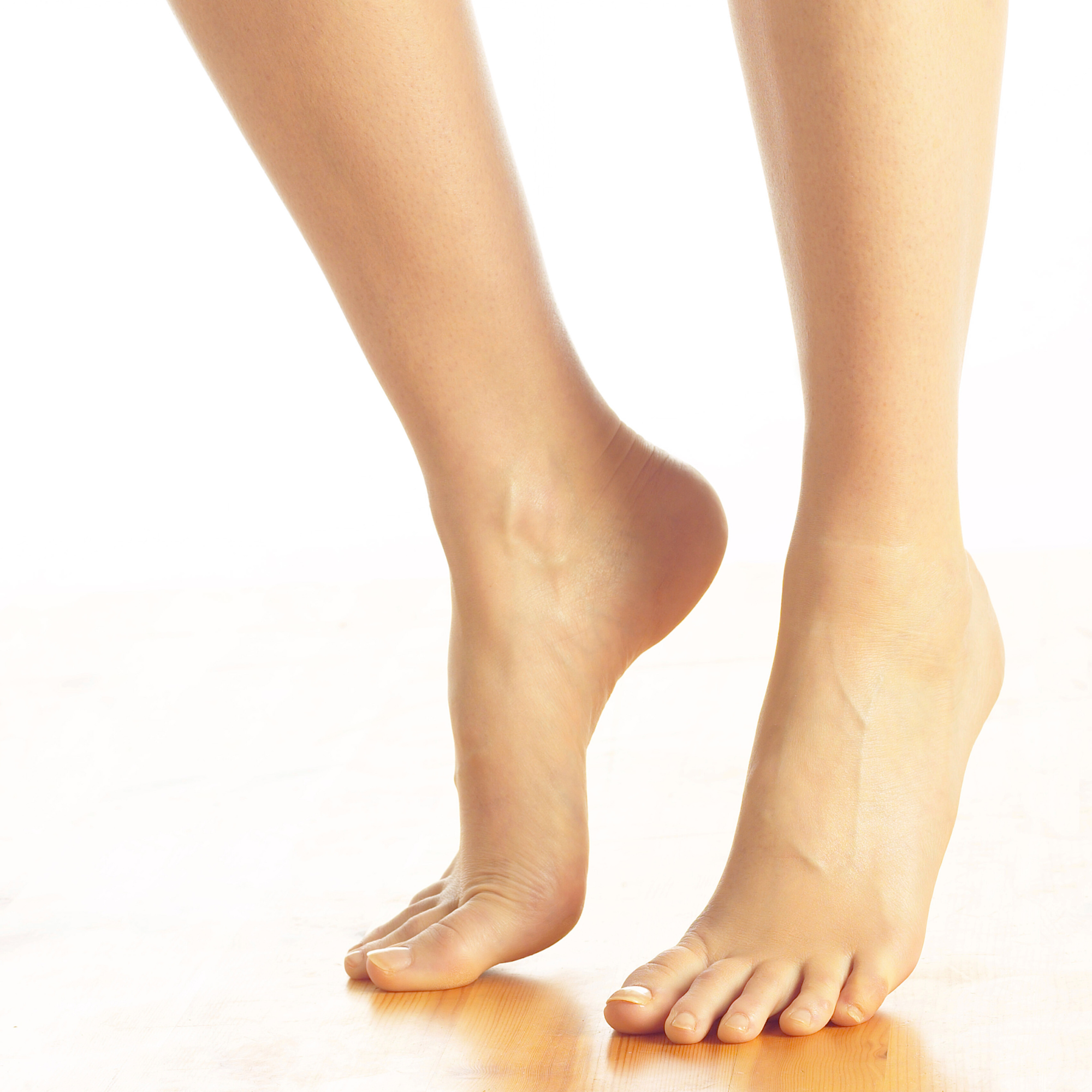Toe Walking: Why It Happens & What Can Help
By Jessica Jordan, MS. OTR/L
What Do We Mean by “Toe Walking”?
Toe walking is when a person walks on their toes or the balls of their feet, without their heels touching the ground. Sometimes it’s occasional. Sometimes it’s consistent. But for many families, it’s a pattern they begin to notice and wonder about.
Why Does Toe Walking Happen?
Toe walking can show up for many different reasons and sometimes, there’s more than one factor at play.
Some of the most common include:
Physical factors – A shortened Achilles tendon or tight muscles may physically limit heel contact.
Neurological conditions – Diagnoses like Cerebral Palsy or Muscular Dystrophy may affect motor control, posture, and tone.
Sensory seeking – Walking on toes places more pressure through a smaller surface, increasing tactile or proprioceptive input to the feet.
Sensory avoidance – Some individuals may toe walk to avoid unpleasant tactile feedback from the ground (like seams, textures, or temperature).
Visual-motor regulation – For others, toe walking increases visual input, giving a heightened sense of their environment.
Is There Anything We Can Do To Support Toe Walking?
Yes, and the most important first step is always to understand the why behind it. Working with a skilled occupational or physical therapist can help determine what’s driving the toe walking and which strategies are the best fit for that specific individual.
If you're looking for ideas to explore at home or with your therapist, some of the general areas we may target include:
Trying alternative footwear
Using inserts in shoes
Adding proprioceptive and body awareness activities to feel where the feet are in space
Engaging the whole body with movement and regulation strategies
Looking for More Specific Support?
We offer online parent coaching calls and in-person therapy sessions to help families explore the root causes of toe walking and what might help. Reach out to our team if you’d like personalized strategies, clinical insight, or guidance from an OT who understands the motor-sensory connection.
Helpful Links
If you found this post helpful, you’ll love our therapy resources! Whether you’re a parent or therapist, our apraxia and autism courses are here to offer practical tools, compassionate guidance, and real-world strategies you can use every day.
👨👩👧👦 For Parents & Caregivers: Autism Training | Online Course for Parents and Caregivers
🧑🏫 For Therapists: Therapist Course for Apraxia and Autism | Mentorship for OTs and Therapists
🏥 Work With Us: In-Person Occupational Therapy (San Diego & Long Beach Areas) | Virtual Coaching





